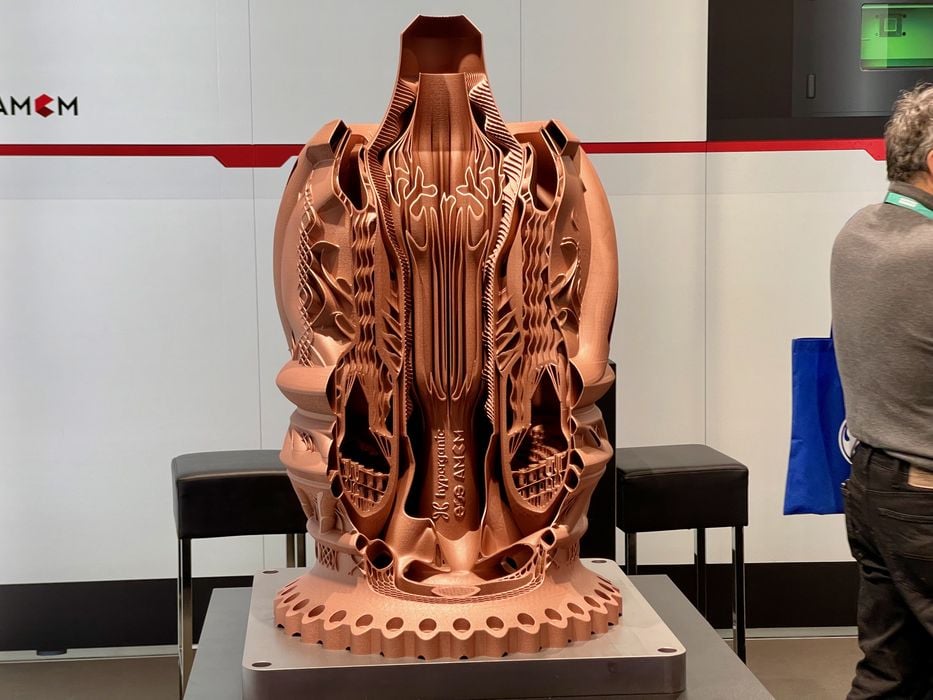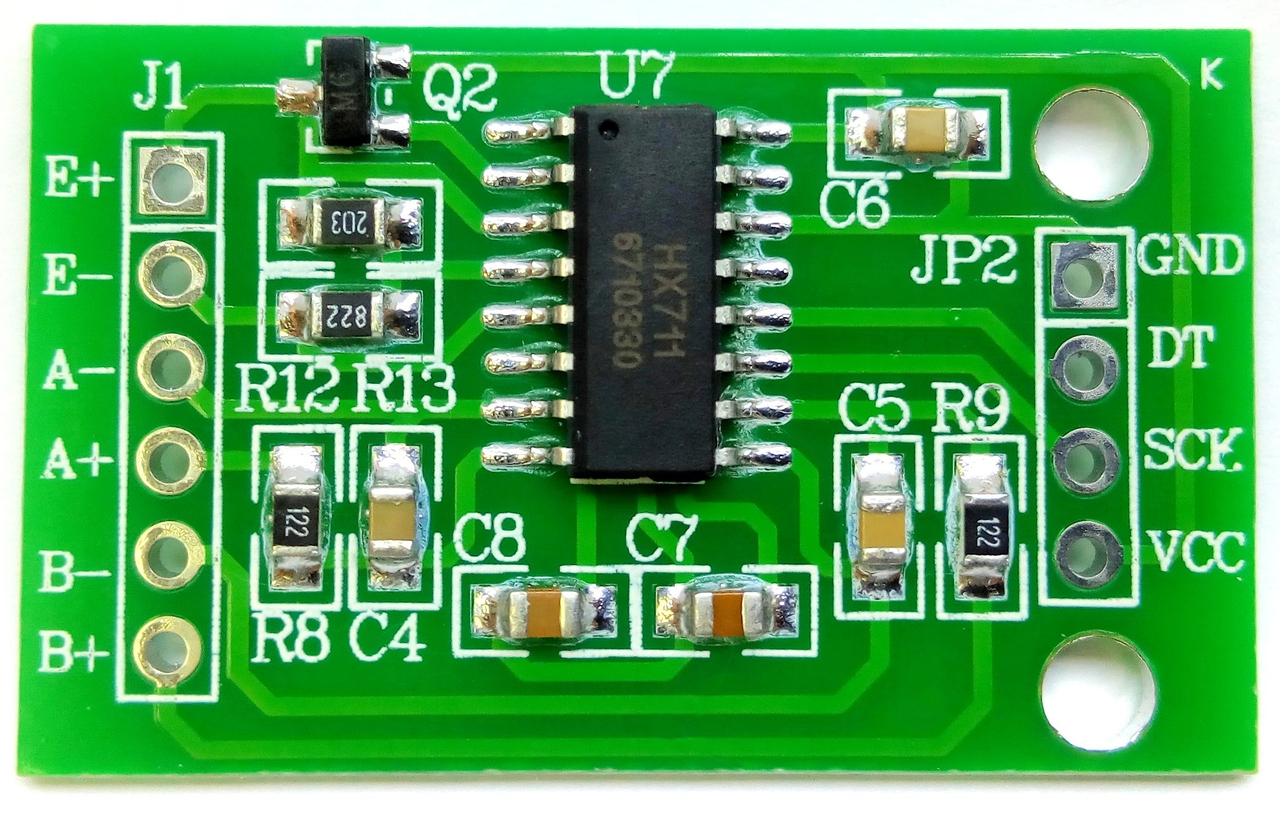It is Friday, 09:06, 20/01/2023
Well, in the last 5 days I've been doing absolutely nothing, there are days that I simply look at all the tutorials that I need to watch until the night comes and I still do nothing.
I'm making this project log kinda to force myself to start doing stuff.

My mind every single day:
And I still have to do stuff while being in this mental state.
Lately I'm having to concentrate in order to remember what I was going to search on google, even though I already wrote what I wanted to research.
Off-topic:
In this off-topic I won't talk about flying ships, but about the artificial endoskeleton.
In this video this guy uses a (apparently) cheap, light and small square tube was able to withstand 10 tons! 10 f*cking tons!
The tube is a 1-1/2" X 1-1/2" square tube (basically a 4x4cm square tube).
I'm trying to just lift 1 ton by applying 3 to 5 tons to the skeleton while equally spreading the damn weight light a bridge.
Like, what the hell?!
I'm so confused on the type of material I will need for the endoskeleton...
Okay, I know that the pressure is slowly applied by a hydraulic jack, but even then, it is still 10 times what the mech is supposed to lift.
Anyhow, I couldn't quite figure out the thickness of the square tube, but it seems something like, 1cm or half a centimeter thick.
Also, another "life hack" that I found to be able to withstand more weight is inserting extrusions inside other extrusions.
This technique was used on the spitfire fighter plane during WW2 (time is around 8:56).
Now the probably off-topic subject, I decided to check again continuum robots because I felt unsatisfied with the results I got, and I got a really interesting design that it is really easy to build.
As you can see, it is a really simple design that it "just" tubes one inside another.
These are also easier to control (since there are a lot of scientific papers about exact prediction of them for 3d simulation/inverse kinematics).
Well, this could be really useful on CNC machining, since you could have multiple ones substracting material and building the stuff.
The problem is that I don't know how one would take off material in confined spaces without interfiring with the process, maybe Waterjet Cutter, mayber Fiber Lasers or Wire EDM.

This eldritch looking *ss sculture is an aerospike rocket engine 3d printed on copper.
Although I was actually searching the subject for using on the Mech's endoskeleton.
I still don't know how to make this crap lift 1 ton of weight and still be safe to bystanders, but it seems like something that maybe can be useful.
The thing uses conventional electric motors and conventional controls, but I have no idea what materials I should use, and how big this thing should be.
Another topic that is kinda messing my mind these days is about the muscle contraction ratio.
I know that in previous Project Logs I said that "maybe" the muscle contraction is ok or whatever, but I feel like the McKibben artificial muscles contracting around 6cm may not be enough to give full range of movement to the mech.
And I'm trying to think in a way of extending certain types of movement, not necessarily for the sake of strength, but for the sake of motion range.
For example, with this crappy sketch I've made on paint showing the actuators of the thigh:

Imagine a second actuator that only works after the first actuator finished contracting.
The problem is that if you connect the second actuator to the limb itself from the beginning, it won't be able to rest at the initial position, because the second actuator will just lock the limb in place.
Then how the heck do you connect and disconnect the second actuator reliably in order to give it full range of motion?
And yes, this is kinda necessary because, otherwise, this mech won't even be able to step up in a stair case.
Of course, the obvious solution would to connect the actuator on the limb closer to the axis of rotation.
And as I said before, the limbs are literal levers of a body.

And when you put your actuator closer to the axis of rotation, it moves in a smaller distance, but it needs more force and the opposite is valid as well; when you put the force further away from the axis of rotation, it needs less force, but you will need to move a bigger distance.
For example, in the second crappy sketch shown bellow, I compared the distance of a angle closer and furthuer from the axis.

With all of that in mind, it means that, if I apply the actuators of the thighs closer to the axis, it will need to apply more force.
Which I think I will be forced to do.
In fact, that's the only reason why I don't apply the artificial muscles directly to the further end: because I don't know how to solve this whole problem...
And another problem is that I never mentioned this at all. lol

For example, this landing gear from a jet I found on Pinterest.
Imagine this an arm where the actuator is directly connected to the part where you need to lift, just replace that piston with an artificial muscle.
Where do we start?
kelvinA actually gave a great advice by recommending the Hackaday Project "LucidGloves: VR Haptic Gloves on a budget".
And accordingly to his own words: "The good thing about full-bridge load cells is that the readings are linear so it should output data similar to a potentiometer.".
So, I'm assuming that the load cell (aka weight sensor that are normally used on precision scales) can, in some capacity, output the same kind of data that the potentiometers used in the LucidGloves.
But I don't know which one, or which board can output that.
Which I will be forced to research about.


I don't know what any of those things mean.

And yes, I put the "HX711" on google and the circuit board that normally come with the weight sensors showed up.
What any of these connections are? I don't know.
How to connect them? I also don't know.

Well, that is for the hands only, because the lucidgloves are only gloves, not the entire body.
Dunno if I want to make two different programs running for the body and another for the hands...
Well, let's check out if there are Open Source full body VR suits so I can see if I could use them:
Well, this video is about using 9dof sensors.
Not useful for the rigid full body body suit, but useful for the mech itself.
Well, this is for haptics only, lot for motion capture.
My apologies for not being able to figure out what to do... I simply don't know what to do.
I could do something with physics/mechanics and so on until now, simply because... These things are palpable, these things are real and already stablished for hundreds of years...
Programs? Coding? Programming Language?
I don't even know how to start without coursing 5+ years of coding courses.
It is just...

Coding isn't my strength, I can't fully comprehend all the parameters.
And the tutorials only teach how to do simple small things.
And yes, I could simply use the motion capture that is already proven design, but I don't have the space.
I would need the mech to carry a fricking motion capture capsule the size of a car on its back in order to control it like this.
Well, maybe someone could make something like the Exosuit from Avatar 2 (actually called "Skel suit")... However... It can be risky for the user (moving 1 ton objects is no joke).

By the way, sorry if this wasn't as long as I made it to be in the beginning of the Project Log, the big amount of tutorials ended up not being useful at all, and these 3 are the only ones that I thought it was useful and/or well explained enough.
I just feel like I received a punch in the guts.
Discussions
Become a Hackaday.io Member
Create an account to leave a comment. Already have an account? Log In.
That motion capture suit is exactly like what I made using 9dof sensors :) Someone in the comments was even more exact, using wireless+battery on each module and mpu9250 sensors. But they used ESP32, which is smarter than my 8MHz Arduino and separate wireless module (which requires more soldering and is underpowered for processing the sensor data). I'll have to do that myself next time I get back to working on that project. I can't believe the guys in the video got a usable result from BNO055 sensors. Those things are nothing but frustration.
Regarding the load cells and those forum posts, they're just saying you need an amplifier like the HX711 that the guy in that video in your last log post used.
Regarding how much weight you can hold up with various materials/structures, it all comes down to leverage and stress concentration. Most materials have amazingly high strength, but then you do some calculations and find out you've put an amazingly large amount of force on it due to leverage.
Your thinking is correct that you have to attach the muscles close to the axis of rotation in order to get enough range of motion. And yes that means the muscles must produce much higher force than you get at the end of the limb. And pressure on the joint bearings is also therefore very high. The same is true for biological limbs. And excavator arms.
Are you sure? yes | no